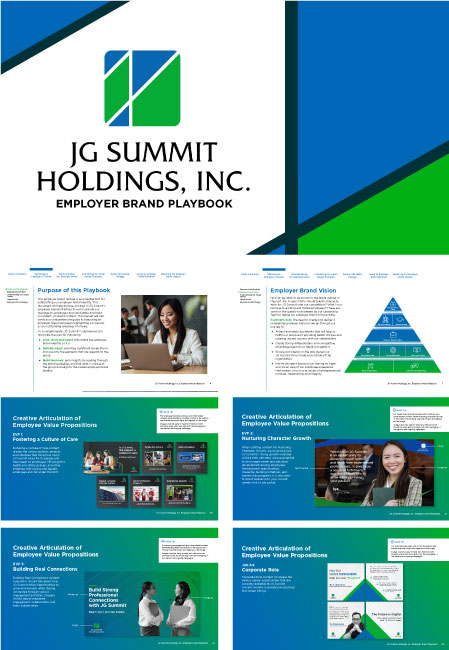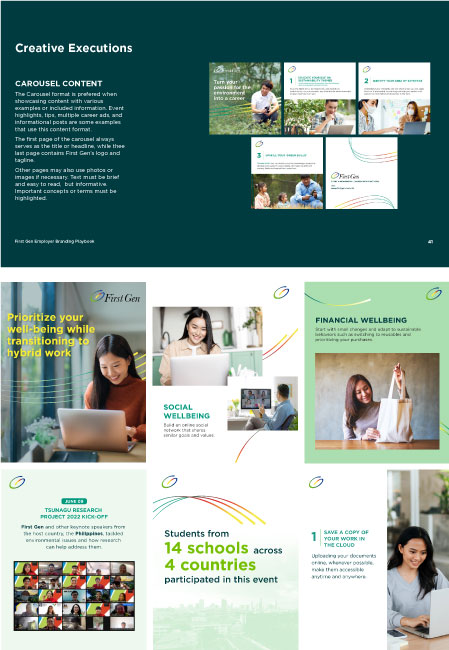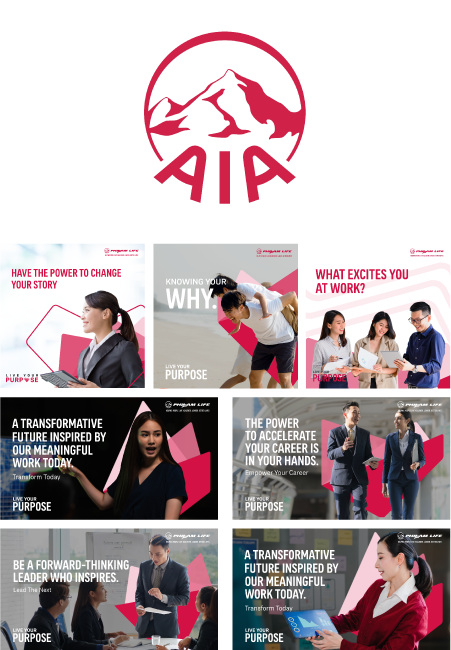Forget About Culture Fit — Look for Culture Add
It’s time to bid farewell to “cultural fit.”
With an abundance of talent in the labor market, it can be hard to give hyper-individualized attention to each candidate you interact with. But the importance of developing and delivering positive recruiter-candidate experiences still hasn’t changed.
So how do we answer the question in today’s climate?
How a seemingly simple question can reinforce bias
Let me start with an illustration of how culture fit has gone awry.
Some tech companies are known for their elaborate interview processes and recruitment tests, which include the offbeat questions they ask to determine if a candidate is a good cultural fit. For example, candidates might be asked during an interview what their favorite song is.
If the candidate’s favorite jam is similar to or the same as the hiring manager’s, that candidate may be seen as a good cultural fit. However, if the candidate doesn’t have a favorite, the hiring manager might respond, “But everyone has a favorite song!” That’s bound to make the candidate feel uncomfortable. It certainly won’t give them a sense of belonging. Worse, if the candidate happens to mention, say, a hip-hop tune and the interviewer loathes hip-hop, the “not a cultural fit” card is probably going to be played.
On the surface, the favorite song question might seem harmless. But underneath, there are multiple problems with it. Here are three:
- The hiring manager should be looking for a great candidate — not a new BFF.
- Unless the candidate is interviewing for a job with a band, what difference does their favorite song make?
- More importantly, the hiring manager is, in effect, looking for someone who thinks just like them, which is rife with bias. When two people are from other cultures, nations, races, sexual orientations, or whatever, they’re probably going to think differently about a lot of things. If someone uses like-mindedness as a hiring consideration, they’re going to consciously or unconsciously eliminate candidates because of their own bias. And there goes all your hard work on diversity and inclusion hiring!
I’m not alone in my belief that culture fit no longer has a place as a hiring disqualifier — especially among those who value innovation. An HR consultant and former Netflix chief talent officer told the Wall Street Journal: “(With cultural fit), you end up with this big, homogenous culture where everybody looks alike, everybody thinks alike, and everybody likes drinking beer at 3 o’clock in the afternoon with the bros.”

Why culture add is much more meaningful than culture fit
Okay, you’re ready to say goodbye to culture fit at your organization. How?
- Replace culture fit with “culture add.” Cultural add is a more meaningful and beneficial hiring consideration than culture fit, aligning with organizational values by encouraging candidates to bring new, fresh, and diverse ideas and experiences to their teams. Emphasizing cultural add fosters innovation and inclusivity, adding unique perspectives the team may lack. To make this shift effective, securing C-suite support is essential, as the transition from culture fit to culture add will be more impactful with leadership endorsement.
- Empower recruiters to push back. Replacing cultural fit with cultural add is more than just swapping one phrase for another. Recruiters must feel empowered to push back against someone who plays the cultural fit card. It’s important to challenge that thinking and behavior on the spot or things will never change.
For example, after reminding the hiring manager that cultural fit has been retired, the recruiter might ask, “Exactly why don’t you believe the candidate is a good cultural fit?”
When you prompt someone to put words to their feelings, they may start to recognize what’s behind their resistance. Maybe they’ll realize they’re just having a bad day. Maybe the candidate went to the hiring manager’s rival college. Whatever the reason, when you challenge cultural fit, the hiring manager (or whomever is playing the cultural fit card) may realize that their reaction to the candidate is biased or otherwise baseless.
- Ask for more details. In the best outcome, the hiring manager, when challenged, will eventually let go of their cultural fit objection. But if not, then what?
The recruiter could follow up by asking, “What are you really looking for in this role? What are the skill sets you believe are necessary?”
A combative hiring manager may just say, “That’s all in the job description.” There may be some truth to that. But what this particular hiring manager is really looking for and believes is necessary may not be in the job description. Getting them to articulate those attributes and skills, and then showing how the candidate actually possesses them, could be another way to get beyond a cultural fit impasse.
- Use rubric-based scoring. A rubric-based scoring system for candidates can be helpful in getting beyond the cultural fit roadblock. Because it defines the expectations with which each candidate will be assessed, a hiring rubric can help reduce bias in the hiring process.
So a recruiter might ask a hiring manager exactly where in the rubric the candidate fell short. If the hiring manager can point to something specific, relevant and important, there may be a good case for moving on to another candidate. Otherwise, if the hiring manager can’t point to something specific, the recruiter should be prepared to continue challenging their thinking, especially if the candidate is a strong contender.

Difficult conversations can make for more successful companies
I realize that these suggestions can lead to uncomfortable conversations. But without them, you can end up hiring only people who think like you. When you do that, how are you going to have your thinking challenged? If your thinking isn’t challenged, how will you see things differently? If you don’t see things differently, how will you innovate? If you don’t innovate, how will you challenge the status quo?
And if you aren’t challenging the status quo, how will you become a bigger, better, more profitable organization in five to 10 years?

This article first appeared on Indeed website:
https://www.indeed.com/lead/culture-fit-vs-culture-add?hl=en&co=PH
TalentView is an official partner of Indeed in the APAC region.
DOWNLOAD INDEED
PRODUCT SHEET

Fill out the form below to learn how yo use Indeed to get your next hire.

TalentView is a leader in employer branding strategy, design and technology. With teams across the ASEAN region, TalentView’s professional solutions help to create memorable experiences across the talent lifecycle to attract, engage and retain talent. Working directly with business leaders in Fortune 1000 companies, TalentView is well-positioned to provide talent insights and is an accredited partner of key global players including Workplace from Meta, Talegent, Indeed, SeeMeCV, Hootsuite, Digimind and PhoenixATS.
Copyright © TalentView Asia, 2022 | Privacy Policy

















